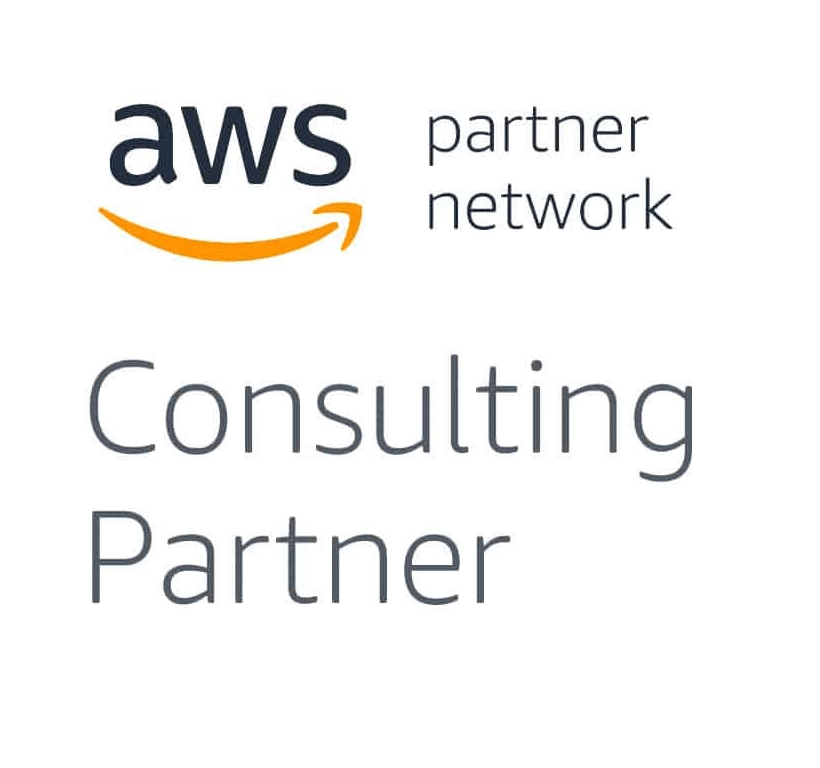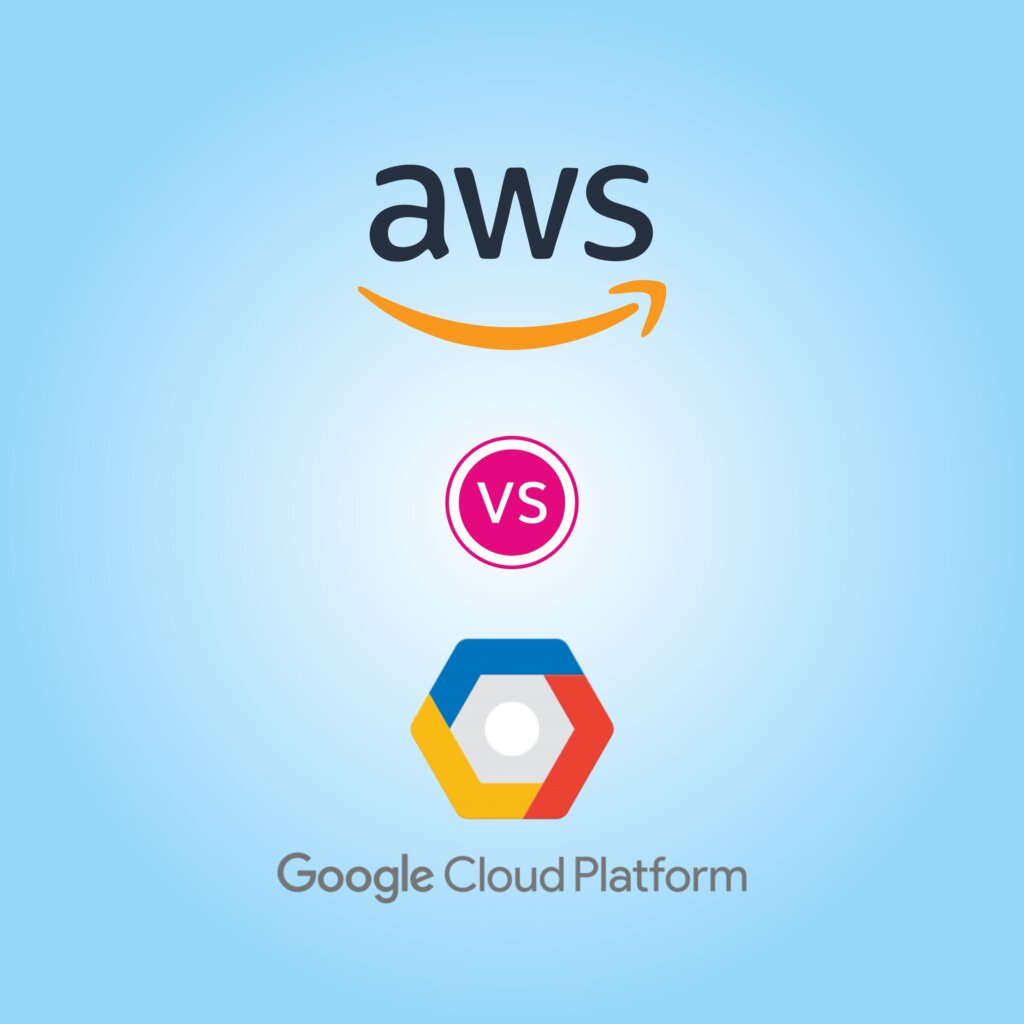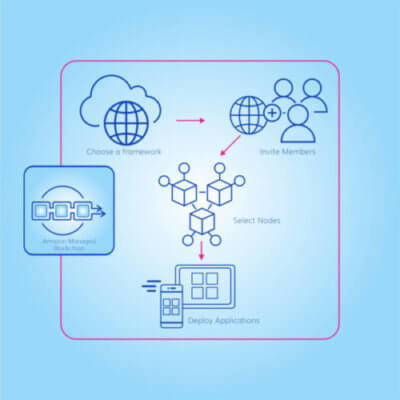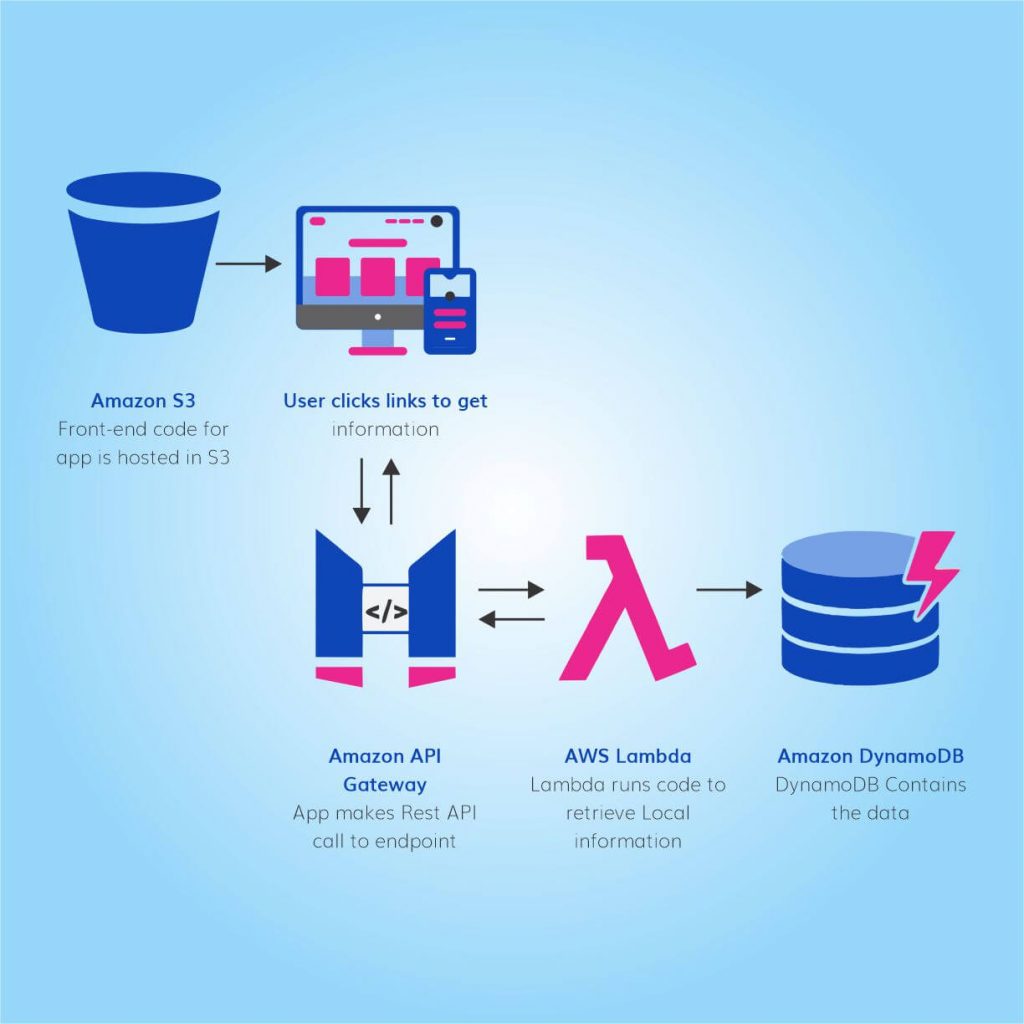AWS Cloud Monitoring: Best Practices and Top-Notch Tools
The practicality and viability of AWS in the world of cloud computing can’t be overlooked. At present, it’s the trailblazer of cloud computing and currently rules over the 31% market share. The AWS cloud computing services are nothing but quality-driven. They are future-driven and play a vital role in a business’s growth. But, first thing first, let’s why out why AWS cloud monitoring is essential.
AWS Cloud Monitoring – The Need of the Hour
Though AWS cloud services are best-in-class and are backed with the world’s best security protocols, they still need constant and regress monitoring. Building a cloud infrastructure for a business is a complicated task.
Some complexities need to be handled carefully. For instance, in hybrid cloud infrastructure, data is under constant threat as it resides in the private and public cloud simultaneously.

A Comprehensive Guide To AWS Cost Optimization
Don’t miss a chance to know how we help our clients save up to 30% on AWS bills. Download your ebook now to get benefitted, and stop overpaying by following our best practices.
The data security would be limited can lead to data accessing issues or cyber-attacks. For security reasons also, the complexities of cloud infrastructure should be under the company’s watch all the time.
Regress cloud monitoring is essential if:
- A business seeks optimal performance
- Better and secure data accessibility is the priority
- Hassle-free operations over the cloud are expected
Tools and Practices That Would Make AWS Cloud Monitoring Easy
The above text must have cleared the air on the importance of AWS cloud monitoring. Now, it’s time to talk about some tools and practices that can help you accomplish this job with full perfection. Here is a quick overview of them.
Practice #1 – Automation is the key
Cloud monitoring is tedious beyond the level of human capabilities. With thousands of incidents occurring in each incident, automation is the only way to ensure nothing is missing out.
Automating the AWS cloud monitoring is the ideal practice to adopt. Automated monitoring is doable to do end-to-end cloud management with the least possible administration.
Tool That Can Help – AWS Lambda
This compute service allows you tin run the code without needing servers provisioning or managing. Code running and scaling would be 100% automated with zero administration.
AWS Lambda can be connected with various services and perform impeccable cloud monitoring actions in a high-availability compute infrastructure.
Practice #2 – Perform on-demands infrastructure scaling
Do you remember the incidence when an AWS outage forced the regional data center of the entire US-east-1 region to lose the ability to produce new instances?
It happened in 2017, and this is the classic example of not scaling the cloud infrastructure. When cloud Infrastructure is scaled correctly, the performance is better, faster, and superior. Hence, it’s essential to scale the cloud infrastructure using multiple instances and find out any unforeseen failure.
Tool That Can Help – Amazon EC2
Relying on Amazon EC2 for AWS cloud scaling is the right thing to do as this tool is capable of curbing the overheads and complexities associated with on-going containers.
This tool has a fantastic auto-scaling functionality that sets the lower and upper limits of the EC2 instances. With this tool, one can gain resizable computing ability. There are 350+ instances available.
Practice #3 – Do continual traffic monitoring
Having a reliable AWS cloud infrastructure is not enough. It must render great user-experience, and your team should be able to make most of it. To make this happen, you should do continual traffic monitoring. Excessive traffic burden on the network will indeed reduce the applications’ performance. They will slow down or not respond at all.
A business can’t afford this in the middle of an important task. Hence, the amount of traffic should be controlled and monitored.
You may also like to read;
AWS Cloud Migration: Your Checklist to Success
Tool That Can Help – Amazon ELB
Amazon ELB or Elastic Load Balancing is what ensures the upright implementation of the practice as mentioned above. This tool can do end-to-end traffic management by distributing it across various targets such as Amazon EC2 instances, containers, and IP address.
It has multiple indicators to demonstrate various traffic levels. Varying application load in a single Availability Zone or multiple Availability Zone can be monitored with full accuracy with Amazon ELB. It is also useful to identify unhealthy targets and stop distributing data on those targets.
Practice #4 – Keep an eye on the cloud storage capacity
Cloud is bountiful, and we all know that. But, one should not take it for granted. One must ensure that there is enough cloud storage space as per the existing AWS cloud applications.
The ratio of available cloud storage and the app’s storage should also be monitored for optimal performance. Low cloud storage space will definitely pervert AWS cloud to behave in its best manner.
Tool That Can Help – Amazon EBS
To implement this practice in the right manner, Amazon EBS is going to help you. This tool acts like raw and unformatted block devices and endows your block-level storage to accommodate EC2 instances.
It is the most preferred option for database-style applications and throughput-intensive applications. Alongside this, this tool is the recommended storage option for the database that you are running on an instance.
Practice #5 – Never Overlook the Cache
The cache is an indispensable component of a read-intensive workload. Integrating cache in cloud infrastructure allows a business to have swift access to a commonly used database without seeking any assistance from the backend. Caching is essential to improve AWS application speeds and better user experience.
Tool That Might Help – Amazon ElastiCache
Amazon ElastiCache allows you to have an in-memory cache environment for the AWS cloud. The use of this tool will help you find out details like the total number of the users connected to a cache, cache efficiency, and caching environment health.
Final Words
The last thing that a business should do, while working overcloud, is to take it for granted and overlook the need for constant monitoring. The more in-depth knowledge you have about the health of cloud infrastructure, the better business decisions you would be able to make.
However, this task demands upright and diligent strategies. All the practices and tools that we mentioned here can help you have made most of your AWS cloud services. They will easily integrate with your existing cloud infrastructure and yield out desired outcomes. If you are looking for a helping hand who can help you monitor your AWS cloud’s performance, then get in touch with us today to leverage our AWS certified solutions architect’s expertise.
We are a globally renowned AWS cloud consulting partner, known for building applications equipped to the cloud.
Contact Us
We’d Love to Help You
Get in Touch
- Fill out a request form. Please brief your requirements in-detail. The more we know about your amazing idea, the better we will guide and assist you with project time and resources
- We’ll reach out to you on priority to discuss next steps in the meantime please check out our case studies and insights.
- We look forward to collaborating with you to bring your idea to the market sooner than the traditional route.
Related




